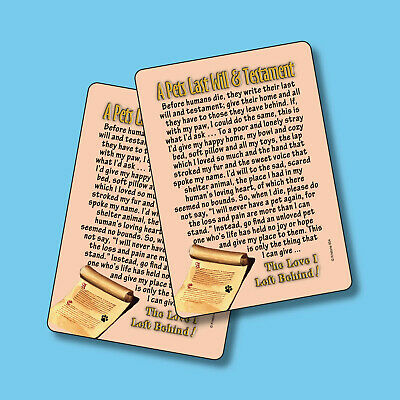-40%
Vintage 1920th Poland STRYG area Dog Tax Tag License
$ 78.14
- Description
- Size Guide
Description
Vintage 1920th Poland STRYG area Sokolow town Dog Tax Tag LicenseThe Second Polish Republic, commonly known as interwar Poland, refers to the country of Poland in the period between the two World Wars (1918–1939). Officially known as the Republic of Poland (Polish: Rzeczpospolita Polska), the Polish state was re-established in 1918, in the aftermath of World War I. The Second Republic ceased to exist in 1939, when Poland was invaded by Nazi Germany, the Soviet Union and the Slovak Republic, marking the beginning of the European theatre of World War II.
In 1938, the Second Republic was the sixth largest country in Europe. According to the 1921 census, the number of inhabitants was 27.2 million. By 1939, just before the outbreak of World War II, this had grown to an estimated 35.1 million. Almost a third of the population came from minority groups: 13.9% Ruthenians; 10% Ashkenazi Jews; 3.1% Belarusians; 2.3% Germans and 3.4% Czechs and Lithuanians. At the same time, a significant number of ethnic Poles lived outside the country's borders.
When, after several regional conflicts, the borders of the state were finalized in 1922, Poland's neighbors were Czechoslovakia, Germany, the Free City of Danzig, Lithuania, Latvia, Romania and the Soviet Union. It had access to the Baltic Sea via a short strip of coastline either side of the city of Gdynia, known as the Polish Corridor. Between March and August 1939, Poland also shared a border with the then-Hungarian governorate of Subcarpathia. The political conditions of the Second Republic were heavily influenced by the aftermath of World War I and conflicts with neighbouring states as well as the emergence of Nazism in Germany.
The Second Republic maintained moderate economic development. The cultural hubs of interwar Poland – Warsaw, Kraków, Poznań, Wilno and Lwów – became major European cities and the sites of internationally acclaimed universities and other institutions of higher education.
The political borders of interwar Poland were distinctly different from modern Poland, as it contained less territory in the west and more territory in the east.












